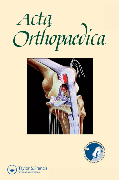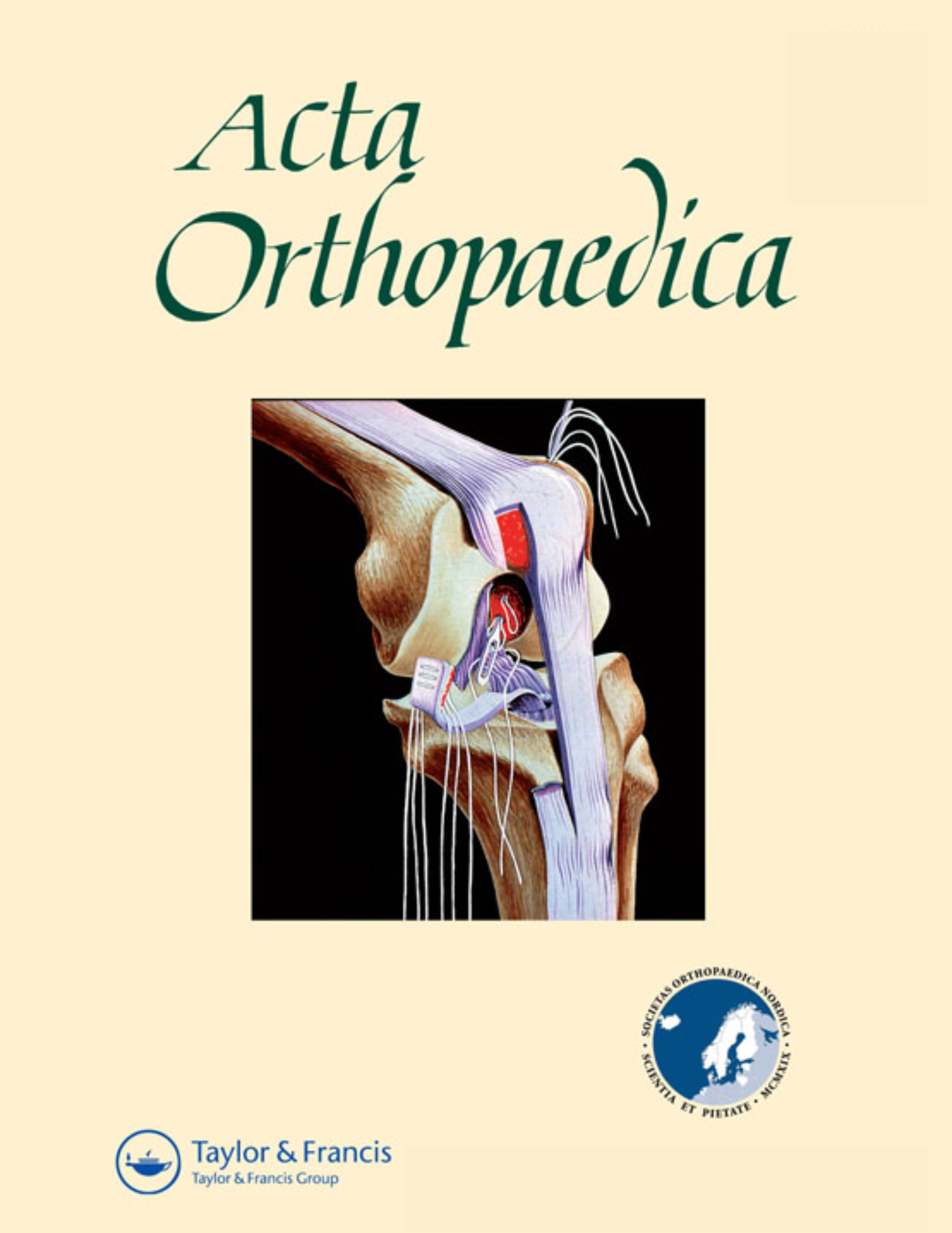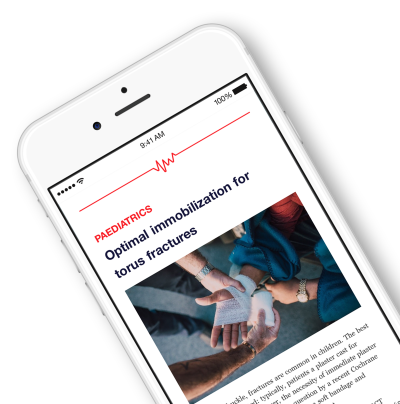
No significant mid-term differences between TKA with & without patella resurfacing .
This report has been verified
by one or more authors of the
original publication.
Similar patient-reported outcomes and performance after total knee arthroplasty with or without patellar resurfacing
Acta Orthop. 2016 Jun;87(3):274-974 patients scheduled for total knee arthroplasty were randomized to undergo the procedure with or without patellar resurfacing. The purpose of this study was to compare short-term functional performance measures, and mid-term patient reported outcome measures of pain, satisfaction, and disease-related quality of life between groups. No significant differences between groups in any short- or mid-term outcome were observed.
Unlock the Full ACE Report
You have access to 4 more FREE articles this month.
Click below to unlock and view this ACE Reports
Unlock Now
Critical appraisals of the latest, high-impact randomized controlled trials and systematic reviews in orthopaedics
Access to OrthoEvidence podcast content, including collaborations with the Journal of Bone and Joint Surgery, interviews with internationally recognized surgeons, and roundtable discussions on orthopaedic news and topics
Subscription to The Pulse, a twice-weekly evidence-based newsletter designed to help you make better clinical decisions
Exclusive access to original content articles, including in-house systematic reviews, and articles on health research methods and hot orthopaedic topics

































































